Can you hear the melody? – Take the Hearing Test
In just 3:20 minutes, this listening test opens your ears to a new dimension of hearing that only around 5% of musicians are aware of: overtone listening. This ability is essential for learning overtone singing. And it is a prerequisite for the practical realisation of vocal and choral phonetics.
New Videos
In 2004, a research group led by Dr Peter Schneider at Heidelberg University Hospital discovered that people perceive sounds differently depending on which hemisphere of the brain is responsible for processing the sound. They developed the Heidelberg Hearing Test to find out whether someone tends to perceive fundamental tones or overtones in a sound. →You can take the Heidelberg test here
My hearing test is different. It tests whether someone is more likely to recognise vowels or overtones in a sound. In the second part, it teaches you to shift the threshold between vowel and overtone perception in favour of the overtones.
Saus’ Hearing Test
Relax and listen to the first sound example. I am singing a series of meaningless syllables on a single note. If you recognise a well-known classical melody in it, then congratulations, you have a pronounced overtone hearing and are one of the 5% of people who have this perception spontaneously.
Sound example 1
If you can’t hear the melody, don’t worry. At the end of the listening test you will hear the overtones.
In the next sound examples, I remove more and more sound information from the voice, which the brain interprets as part of speech. Next, I sing the syllables by changing only the 2nd vowel formant. I keep the first one unmoved in a low register. The syllables then only contain Ü sounds, the melody now becomes clearer for some.
Sound example 2
If the melody is now clear, congratulations. At this point 20-30% hear the melody. But maybe you only sense the melody and don’t know whether you are imagining it. Trust your imagination. After all, your hearing picks up the melody, but a filter in your consciousness tells you that the information is not important. Speech recognition is much more important.
I want to reveal the melody at this point: It is “Ode to Joy” from the 9th Symphony by Ludwig van Beethoven. In the next sound example, I whistle it tonelessly. This will help your brain learn what to listen for. Afterwards, listen to sound example 2 again.
Sound sample 3
Is it easier now? If not, listen to the next example.
In sound example 4, I leave out the consonants. Now Broca’s centre, the brain region for speech recognition, has nothing more to do and passes the auditory attention on to other regions.
Sound example 4
Now about 60-80% are on board. If you can’t hear the melody here, you are probably categorised as a fundamental listener in the Heidelberg hearing test. This has nothing to do with musicality. You are in the company of some of the best flutists, drummers and pianists.
In the next example, I completely defamiliarise the sound. I lower the third formant by 2 octaves with a special tongue position until it reaches the same frequency as the second. This creates a double resonance that does not occur in the German language.
Sound example 5
The technique is called overtone singing. The ear now lacks information from the usual vocal sound and individual partials become so loud due to the double resonance that the brain separates the sounds and informs your consciousness that these are two separate tones.
You will probably now hear a flute-like melody and the voice. Overtone singing is an acoustic illusion. In fact, you are hearing more than 70 partials. Physical reality and perception rarely coincide.
In the last sound example, I go all the way back to the beginning. Try to keep your focus on the melody the whole time. Listen to sound example 6 more often, it trains your overtone hearing and makes you more aware of the sound details.
Sound sample 6
Our reality is created within ourselves. And it can be changed.
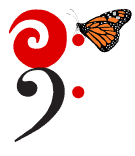





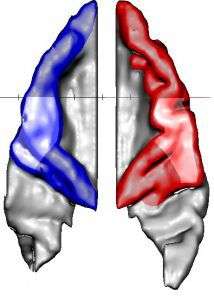
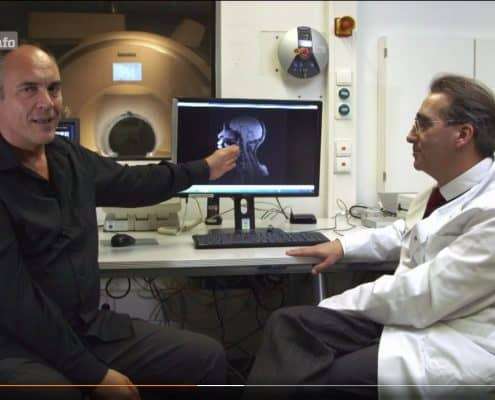


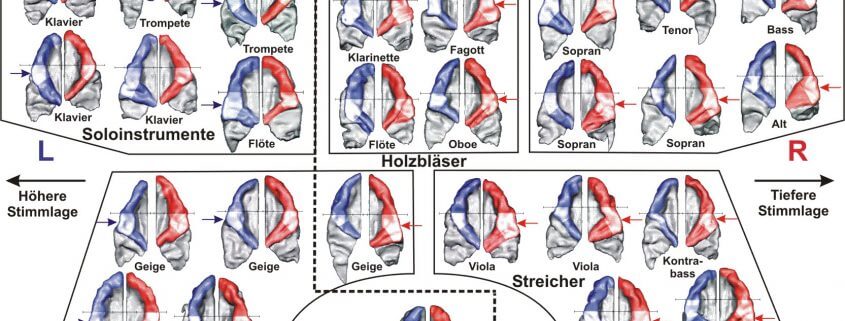
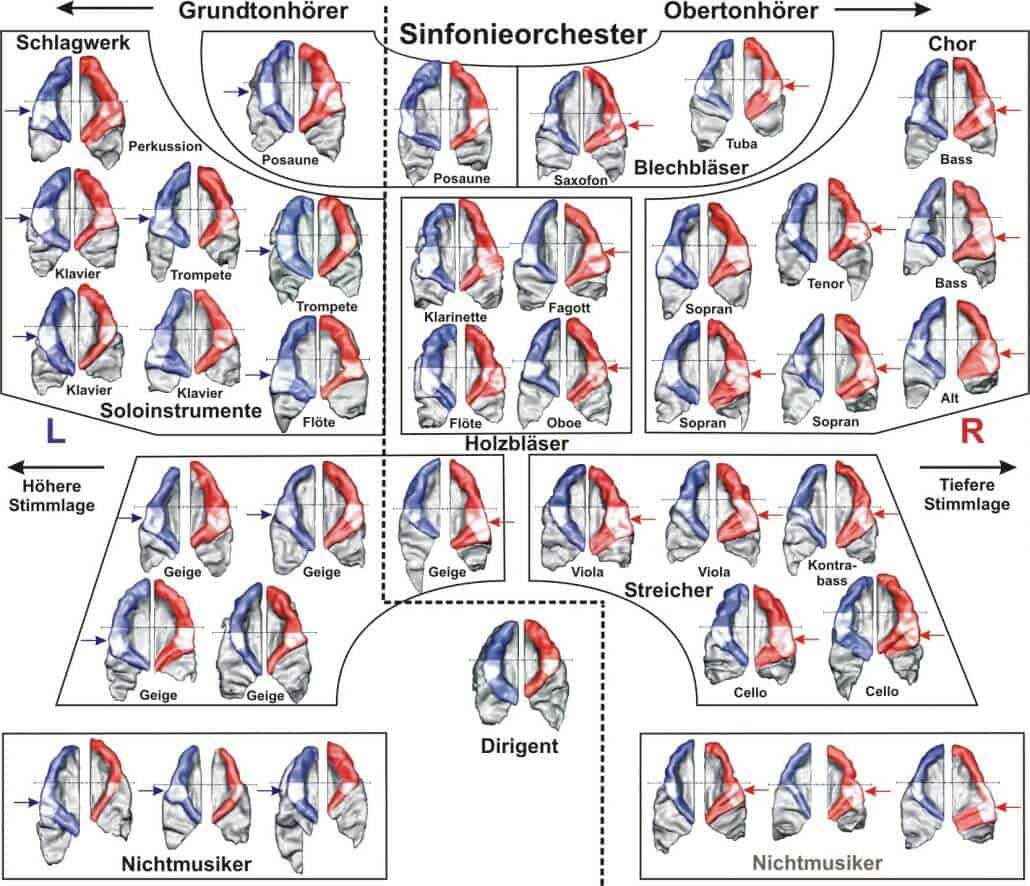



Recent Comment